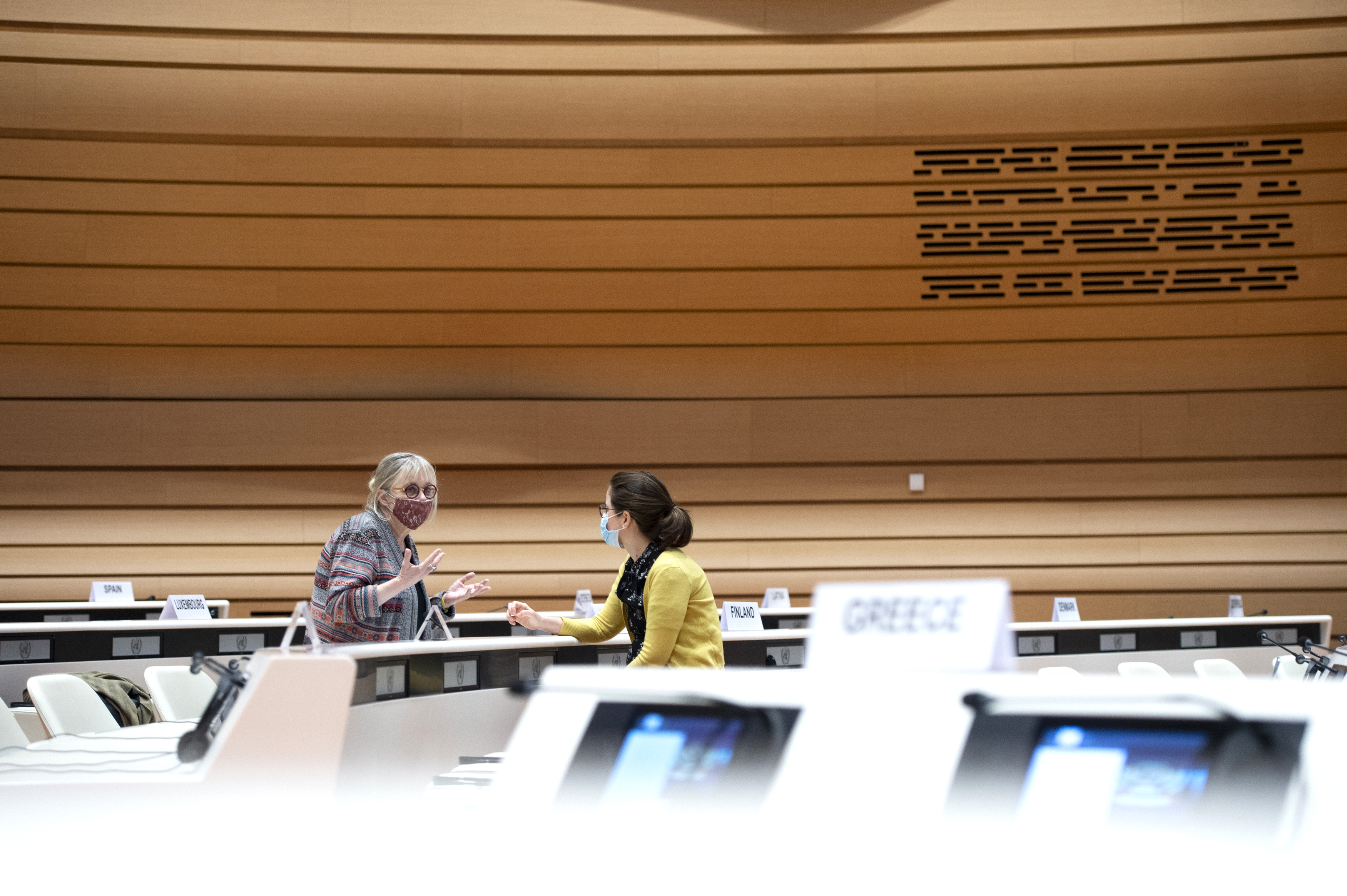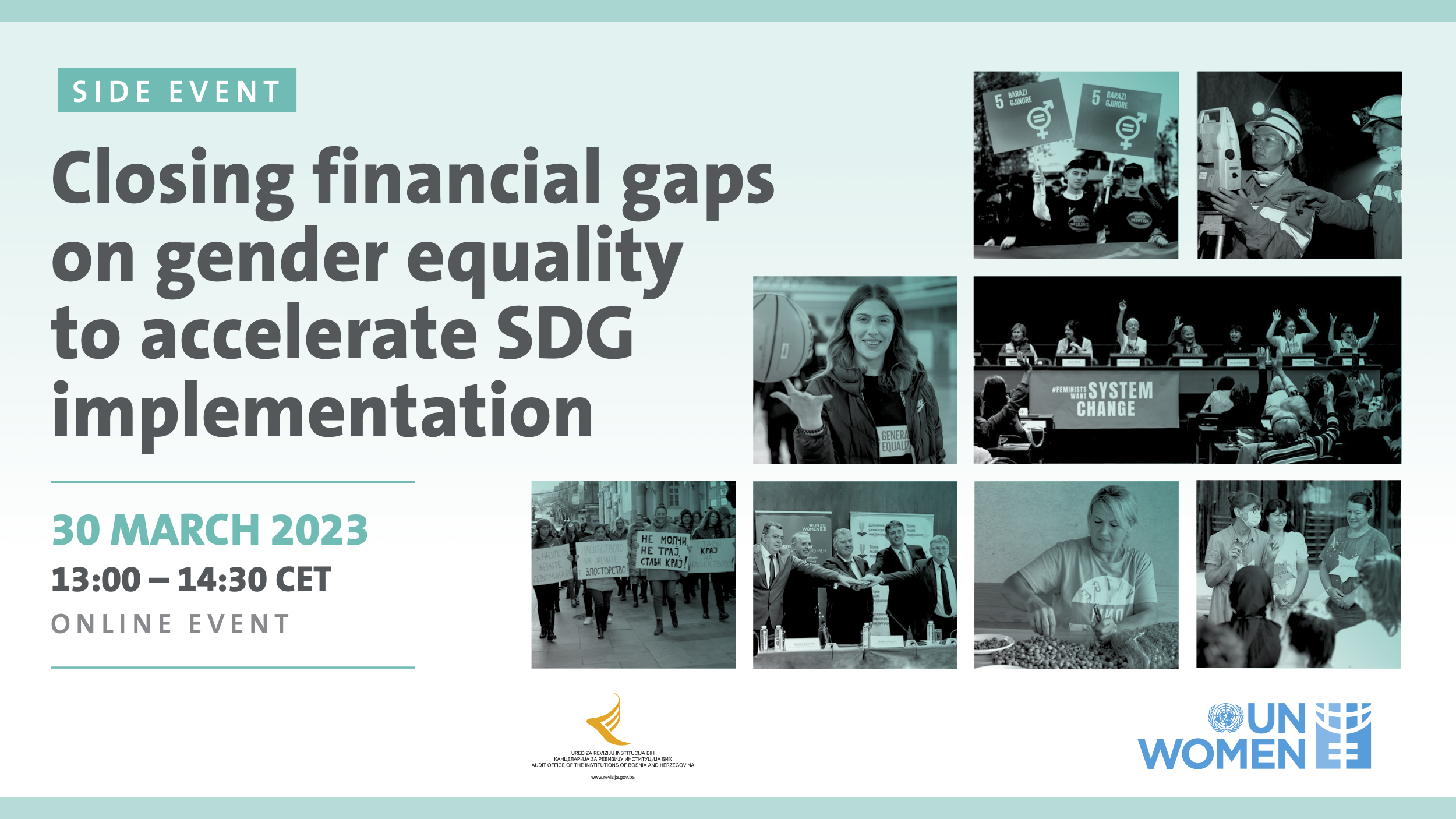Background
Data from the gender snapshot of 2022 Progress on the Sustainable Development Goals shows that the world is not on track to achieve SDG5 by 2030; incoming data show ominous signs, underscoring the imperative for bold action and ambitious finance.
Global challenges, such as the COVID-19 pandemic and its aftermath, violent conflict, climate change and natural disasters, are further exacerbating gender disparities. Decision about policies must be fast and flexible in the face of rapid change. The key focus of economic policies and public finance management systems should be to ensure delivery of public services which are crucial for the society to function.
Well-designed gender budgets can improve efficiency and equity of economic and fiscal policies and lead to better use of resources, better governance, and improved democracy. Through the use of gender-responsive budgeting as a strategic approach, the gap between policy formulation and implementation can be closed.
Indicator 5.c.1 measures government efforts to track budget allocations for gender equality through the public financial management cycle and to make allocations publicly available. It is the only indicator in the SDG monitoring framework that links national budgeting systems with implementation of legislation and policies for gender equality and women’s empowerment (Target 5.c.1). Despite progress, only 26 per cent of countries have comprehensive systems to track gender budget allocations.
In the Europe and Central Asia region, UN Women has developed a dashboard which visually presents SDG5.c.1 country reports, tracks progress across countries and territories in the region.
UN Women; SAI Bosnia and Herzegovina



